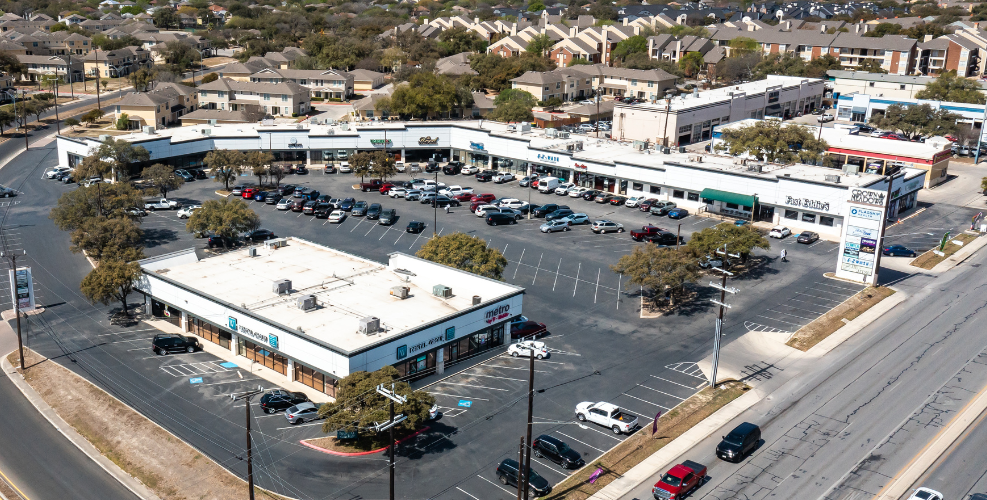Q2 2025 Market Outlook
By Dusty Batsell
After an eventful and chaotic start to 2025, the U.S. economy has demonstrated steady momentum through the first half of the year, fueled by resilient consumer spending, historically low unemployment, and stabilizing inflation trends. Within this macroeconomic environment, commercial real estate performance reflected both the resilience of sectors driven by domestic demand as well as the caution in trade-dependent categories brought on by tariff concerns. Retail real estate, particularly neighborhood and necessity-based shopping centers, continued to outperform—maintaining stable occupancy and rent growth despite softer leasing in other retail asset classes.
GDP growth in the second quarter reached an annualized rate of 3.0%, supported by robust service-sector activity and healthy household balance sheets, which have thus far been able to navigate the current interest rate environment and the volatility resulting from skittish tariff policies. The unemployment rate remains at historic lows (4.2%), and the labor market remains strong by long-term standards. Despite these stabilizing factors, the Federal Reserve continued to hold interest rates steady throughout the first half of the year, though predictions of future rate cuts as early as the end of 2025 are beginning to emerge. Looking ahead to the second half of 2025, the economic narrative appears to be shaped by a mix of supportive and challenging forces, much of which will be shaped by the economic response to the passage of the One Big Beautiful Bill Act that was signed in early July. This legislation, which is a sweeping budget reconciliation law combining expansive tax cuts, spending reforms, and an increase to the federal debt limit, also delivers significant tax benefits for commercial real estate investors.
Retail real estate fundamentals held steady in the second quarter, despite a moderation in national demand for retail space following several years of feverish leasing activity. For the second consecutive quarter, national net absorption was negative, and the overall retail availability rate increased slightly to 4.9%, still within reach of all-time lows; however, it is worth noting that a significant portion of this availability is comprised of obsolete space, which reached a record high of 1.4% of total retail square footage[1]. Demand for space in well-located, essential Neighborhood Shopping Centers remains strong, with reported overall occupancy rates a full percentage point higher when compared to other retail asset types. These dynamics continue to fuel rental rate growth, which remained positive at 2.1% compared to the same period last year.
Overall, the U.S. economy exhibited notable resilience in the first half of 2025, supported by consumer activity, a tight labor market and easing inflationary pressures. Within this environment, Neighborhood Shopping Centers continued to outperform expectations, even as the broader retail sector showed signs of slowing. Baceline remains confident that these positive fundamentals, combined with the impact of newly enacted legislation, will support continued growth and strength within our core investment strategy.
[1] CBRE 2025 Real Estate Market Outlook Midyear Review

